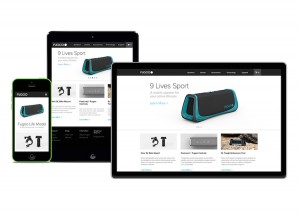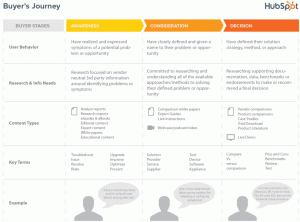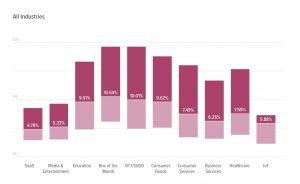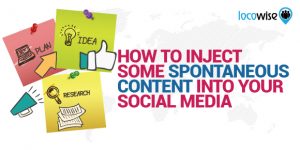Columnist Sanjay Dholakia says marketers should take a page from MyFitnessPal, which has crafted its marketing strategy to think about users throughout the customer journey and across all channels.

One of the great privileges of my job is the opportunity to meet smart CMOs and growth marketers on a regular basis and hear what they and their companies are doing to adapt in this new era of marketing. It occurred to me that I should try to be more intentional about regularly sharing some of those cool stories, and particularly, the insights they illustrate.
One such organization that inspired me is MyFitnessPal, which is a customer of Marketo, my employer. For those of you who don’t know MyFitnessPal, the company is now part of Under Armour Connected Fitness and is the world’s most popular nutrition tracking app and healthy living platform. The idea behind MyFitnessPal is to help users meet their individual health and fitness goals.

Screenshots of the My Fitness Pal mobile app.
“Marketing Is Not About Acquisition”
How’s that for a lesson and a head-scratcher? It almost turns centuries of dogma upside down, doesn’t it?
One of my V8 moments listening to MyFitness Pal and its marketing leadership is that they saw the marketing function fundamentally differently. They saw it as the steward of the whole customer relationship — not just the engine to acquire customers.
To be fair, marketing does still drive acquisition — but I wanted to make the extreme point.
The truth is, MyFitnessPal has had little problem acquiring more customers; they’ve been the top health and fitness app on iTunes since 2010, attracting more than 80 million unique visitors worldwide in an incredibly short period of time.
The key to value for the business, though, was about what happened to the users after they were acquired. Did they stay engaged with the app and the service? Did they spend increasing amounts of time with MyFitnessPal?
Fostering greater interaction with users, and doing it at massive scale, was the hard part. Tara-Nicholle Nelson, VP of Marketing for Under Armour Connected Fitness, and the rest of the MyFitnessPal team realized that the app wouldn’t stick as a core part of users’ lives until they were consistently engaged in an ongoing relationship.
As Nelson shared at our company’s user event in April, “Our whole business is marketing — everyone is in marketing. Everyone and everything has to be geared towards keeping that customer interacting with us.”
That meant that content, customer service, product and, yes, marketing, all had to be working with that engagement in mind.
It made me think that in our new world of digital marketing, we’ve learned that marketing is less an acquisition science, per se, and more about an engagement science. Success hinges on acquisition for sure, but more so on engagement and post-sale nurturing for repeat purchasing.
And while Nelson as a functional leader isn’t directly responsible for all of those other functions, she is the quarterback, the architect of that holistic set of customer interactions. That’s indicative of a powerful shift in what marketing is — and is not.
Customers Are Channel-less
One of the other “aha” or V8 moments for me was that even though MyFitnessPal was a mobile app, the company realized that they needed to engage their users everywhere. That meant shifting from mobile-only communications to creating conversations across every channel. Nelson tells a story about going from sending three emails to regularly sending out tens of millions of emails.
Surely, marketing automation technology was key to making that happen, but the bigger insight is the realization that you and I as users/buyers/consumers are now “channel-less.”
We don’t think about ourselves as “different people” when we switch from mobile to email to social to the Web. Why, then, do companies communicate to us in these silos?
MyFitnessPal offers a better model for how to do it. The team sends emails to people based on behavior they detect in the mobile app, building ongoing relationships with users. If MyFitnessPal wasn’t able to deliver more chicken recipes to someone when they know they’re logging dishes with chicken in them, that’s an opportunity lost.
The Sound Bite
MyFitnessPal has changed the way its team sees marketing. They see the function as the steward of engagement over the whole customer journey, and they think about a single customer conversation across all channels, not just one.
The company says it’s since registered a surge in the number of monthly unique visitors to MyFitnessPal’s blog, which has soared to 9.5 million readers from almost nothing, and it’s logged a 22 percent increase in the number of users engaged weekly with the app.
I think we could all learn something about the future of marketing from Nelson and MyFitnessPal.
Some opinions expressed in this article may be those of a guest author and not necessarily Marketing Land. Staff authors are listed here.
(Some images used under license from Shutterstock.com.)
Marketing Land – Internet Marketing News, Strategies & Tips
(239)
Report Post










